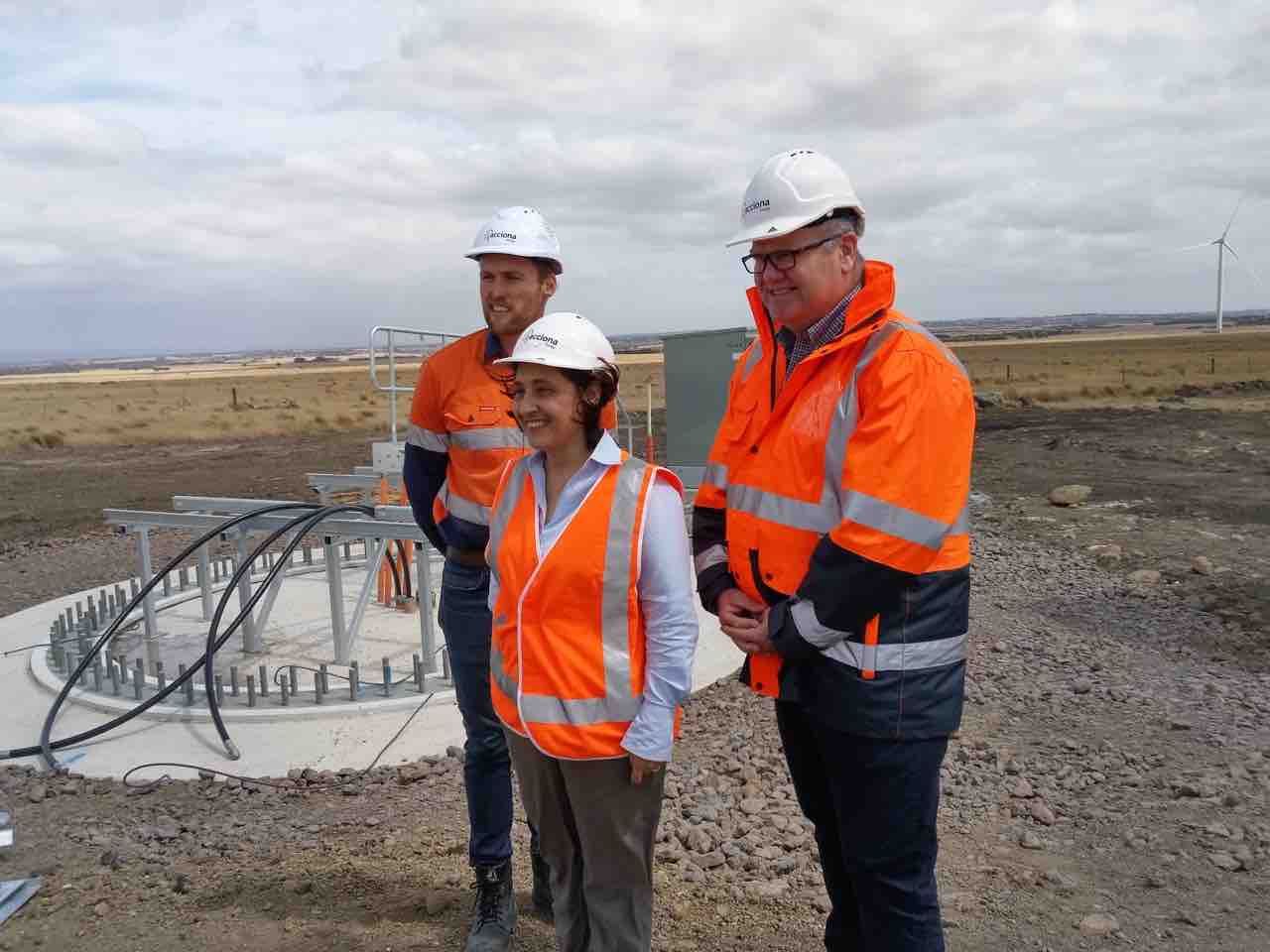The Victorian government says it is on track to reveal the winners of its 650MW solar and wind energy auction – the largest tender of its kind in Australia – as it charges ahead with plans to generate 40 per cent of the state’s electricity from renewables by 2025.
Speaking at the Victorian Smart Energy Summit, hosted by the Smart Energy Council in Melbourne on Tuesday, Victorian energy minister Lily D’Ambrosio confirmed that the result of the auction would be announced next month.
A July announcement keeps with the schedule set by the Labor Andrews government in November last year, when the formal tender documents were first released.
As we reported at the time, the auction – which will require the wind and solar farms to be built by 2020 – came at a critically important point for the Australian renewables industry, with the federal RET all but met, and with new uncertainty wrought by the proposed National Energy Guarantee.
“Building 5400MW of new renewable generating capacity by 2025 (the amount required to meet the 2025 VRET) is a very strong target for Victoria – very, very strong,” D’Ambrosio said on Tuesday.
“It’s ambitious, but it’s achievable.”
The auction has been a key focus for all major development companies in Australia, and the fate of many big projects, such as the 336MW Dundonnell wind project in western Victoria, may depend on it.
Overhanging the VRET, however, is the ongoing deadlock over federal policy, and the proposed National Energy Guarantee, or more specifically, the lack of ambition in its emissions reduction targets.
The latest draft of the NEG is likely to be released later this week, before further consultation and a final policy proposal to be put to state energy ministers in August.
D’Ambrosio says that while she wis keen to see a national policy governing the roll-out of renewable energy in Australia, Victoria will not be signing up to anything that put a brake on the state’s ambitious agenda.
“We want to be Australia’s new energy technologies hub,” she said.
“We’re working with COAG. And we await the detailed design (of the proposed Coalition policy) — which is a few weeks away.”
But according to Tristan Edis, from Green Energy Markets, Australia’s stunning renewables growth – and particularly in rooftop solar and corporate off-take deals – could evaporate under the NEG as it currently stands.
That would happen due to a fall in electricity prices – driven by the rollout of renewable energy under the RET and small-scale renewable energy schemes – coupled with a lack of any other incentives for building new renewables, such as ambitious emissions reduction.
“The NEG as a policy framework doesn’t do anything to reduce emissions,” Edis told the Smart Energy Summit on Tuesday.
“It won’t be effective with the current emissions reduction target.
“What we’re going to see happen is electricity prices will go down, very substantially, in my view, and you will watch those tenders for corporate (renewables) evaporate.
“Households, which have almost been panic stricken from power prices, they will pull back.
“Prices will go down below the incentive to build new capacity,” he said.
Jonathan Upson, from renewables developer ESCO Pacific, aired similar concerns about the NEG.
“Lack of policy is a serious problem,” Upson told the conference.
“People writing (large-scale renewable energy) contracts will expect a lot lower price than today.”
Upson said he believed the NEG emissions legislation could be made to work with three simple changes: by raising the target; by ensuring environment ministers can raise, but not lower the target in the future; and by excluding overseas carbon credits.









